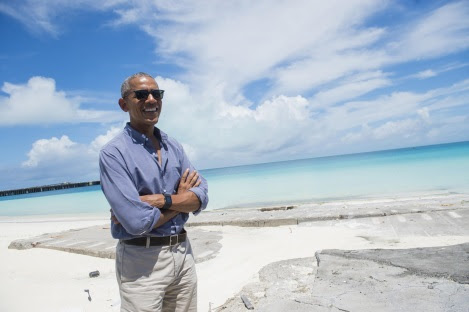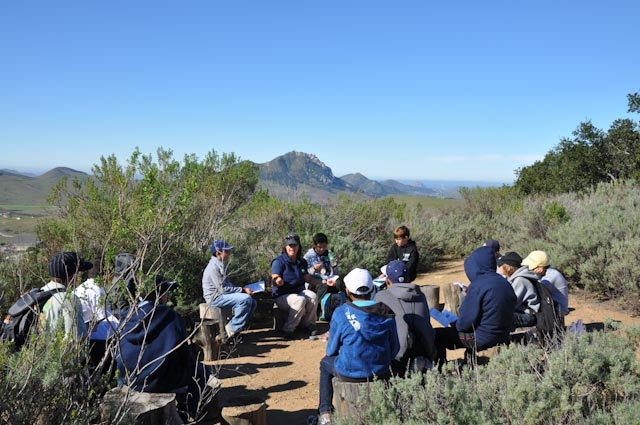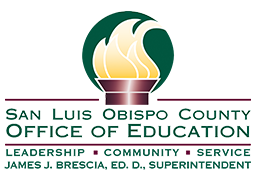Thank you, Mr. President
Over the last century and a half, our forefathers had the wisdom to preserve open space as public lands for all citizens to enjoy. Today, we have the opportunity to visit local or national parks to enjoy the great outdoors and appreciate the beauty of the natural world.
President The odore Roosevelt used his presidency to protect wildlife and public lands and established 150 national forests, 51 federal bird reserves, four national game preserves, five national parks, and 18 national monuments. In total, he protected approximately 230 million acres of public land.
odore Roosevelt used his presidency to protect wildlife and public lands and established 150 national forests, 51 federal bird reserves, four national game preserves, five national parks, and 18 national monuments. In total, he protected approximately 230 million acres of public land.
During President Lyndon B. Johnson’s administration, he added 50 new national park units and expanded existing ones. He created national recreation areas, urban parks, and passed legislation that protected wilderness and historic sites.
President Bara ck Obama placed 548 million acres of habitat under protection including Arctic tundra, mountain woodland, and coral reefs. He added 22 new national parks and created the two largest marine reserves and the second largest desert reserve.
ck Obama placed 548 million acres of habitat under protection including Arctic tundra, mountain woodland, and coral reefs. He added 22 new national parks and created the two largest marine reserves and the second largest desert reserve.
These beautiful parks and open spaces make amazing outdoor classrooms for today’s students. A recent study found that lessons in nature have positive aftereffects on subsequent classroom engagement. Lessons in nature also offer other benefits associated with exposure to trees, gardens, parks, and wildlife, including physical activity, stress relief, and the rejuvenation of attention. So, not only is teaching in the outdoors beneficial for students on its own merit, but students are more engaged in the next lesson inside the classroom. Ming Kuo, et al., Frontiers in Psychology, January 4, 2018.
The California Science Framework (2016) supports this instructional strategy. The Framework states that “Outdoor and environmental learning experiences are powerful tools for implementing key instructional shifts required by the California Next Generation Science Standards (NGSS) and the Environmental Principles and Concepts (EP&C). There is wide-ranging evidence to support the value of using natural environments, local communities, and other outdoor settings as a real-world context for science learning that engages student interest as they investigate places around them.” CA Science Framework, 2016, Chapter 11.
Whether you co nduct your next science lesson in a local or national park or other open spaces nearby, please thank our past presidents for the gift of public lands so that your students today, and the students of tomorrow, may benefit from time spent in these beautiful natural places.
nduct your next science lesson in a local or national park or other open spaces nearby, please thank our past presidents for the gift of public lands so that your students today, and the students of tomorrow, may benefit from time spent in these beautiful natural places.
Celeste Royer
Director of Environmental Education
Rancho El Chorro Outdoor School
San Luis Obispo County Office of Education
croyer@slocoe.org
805-782-7334
Contact
- San Luis Obispo County Office of Education
- Office of James J. Brescia, Ed.D.
- 3350 Education Drive
- San Luis Obispo, CA 93405
- Tel: 805-543-7732
- Contact SLOCOE
- Contact Webmaster

